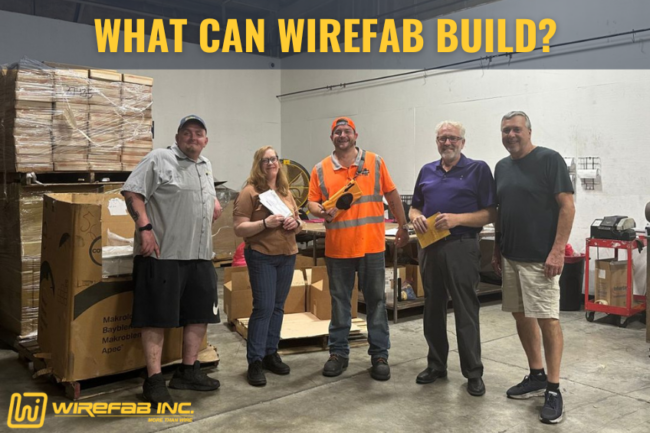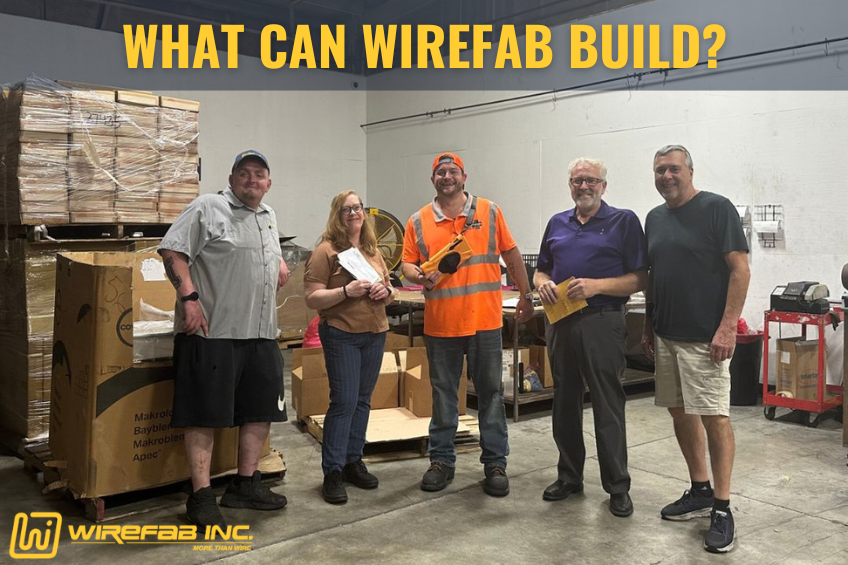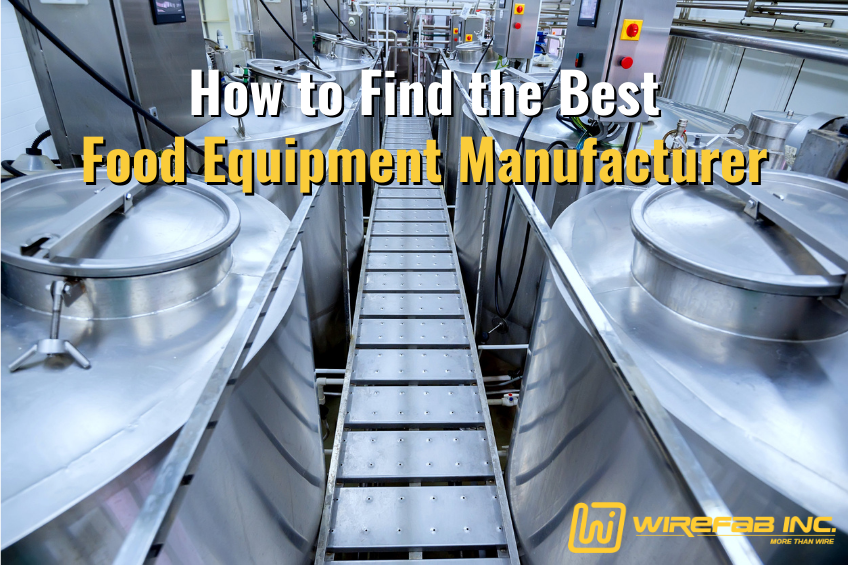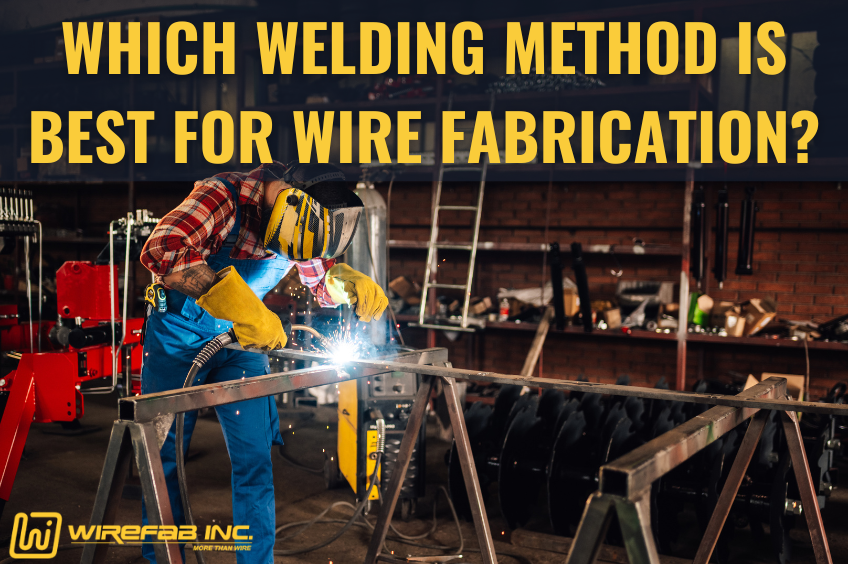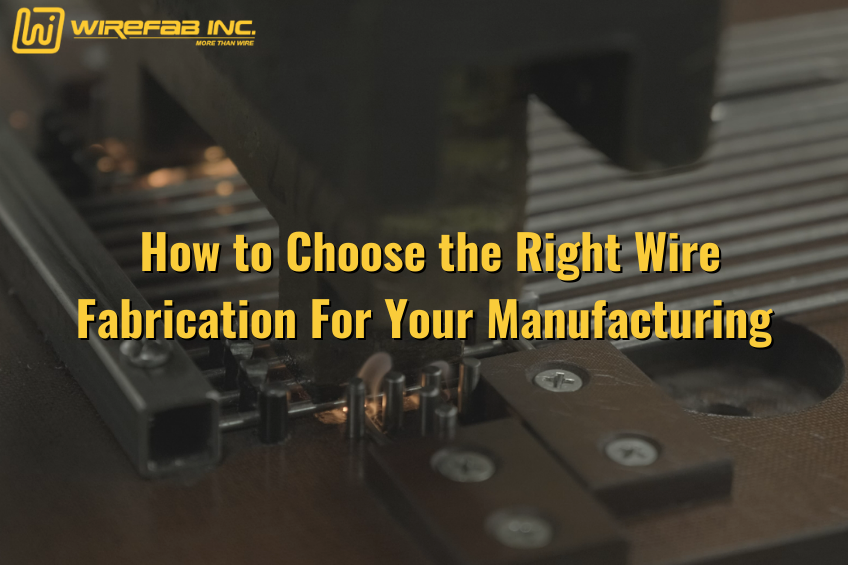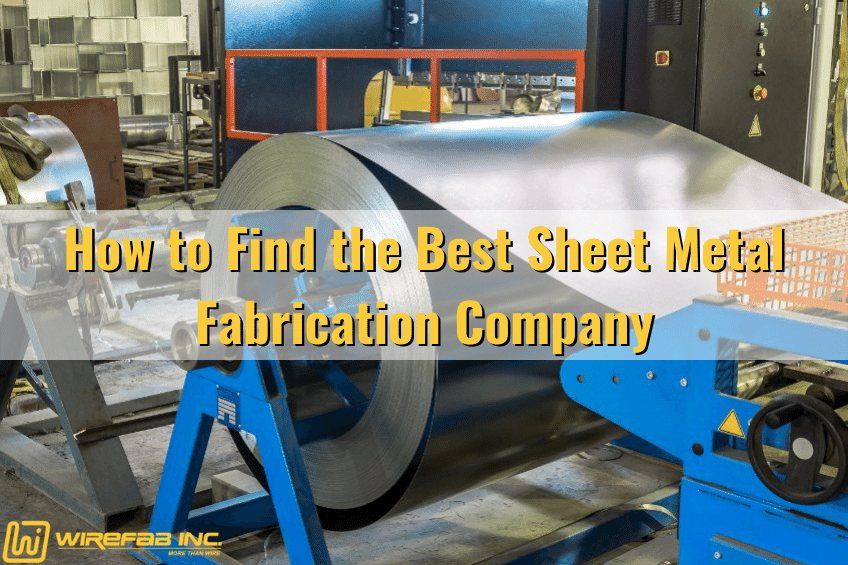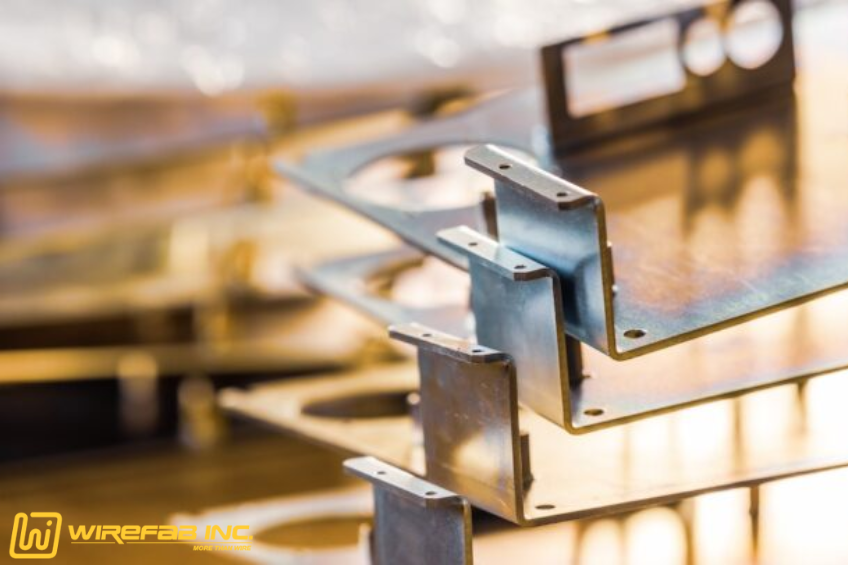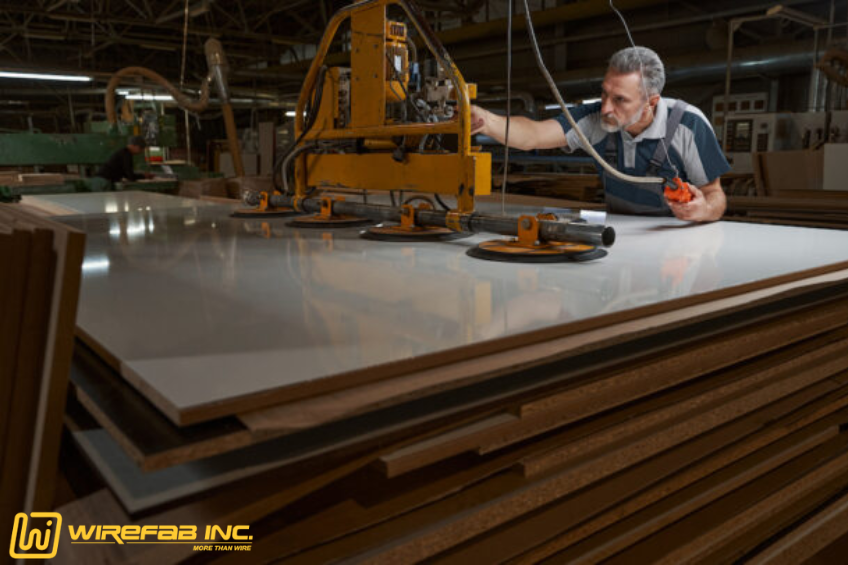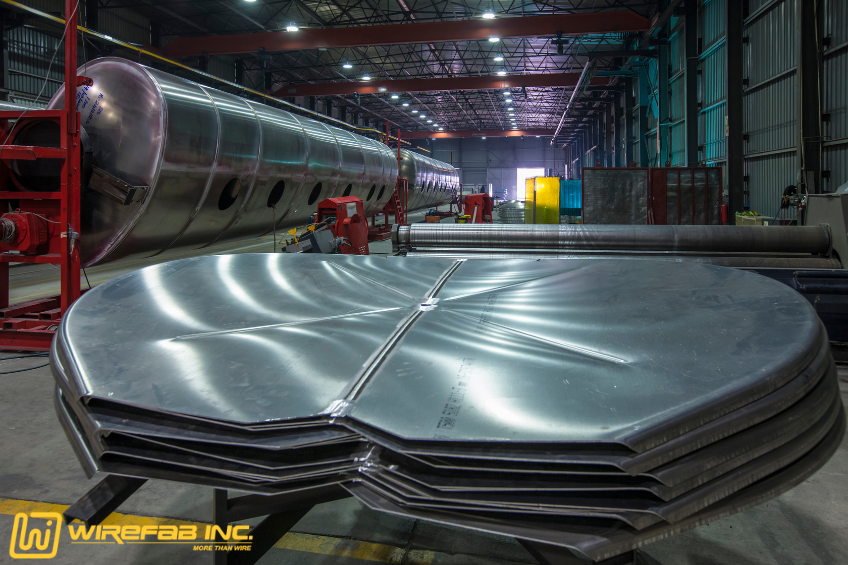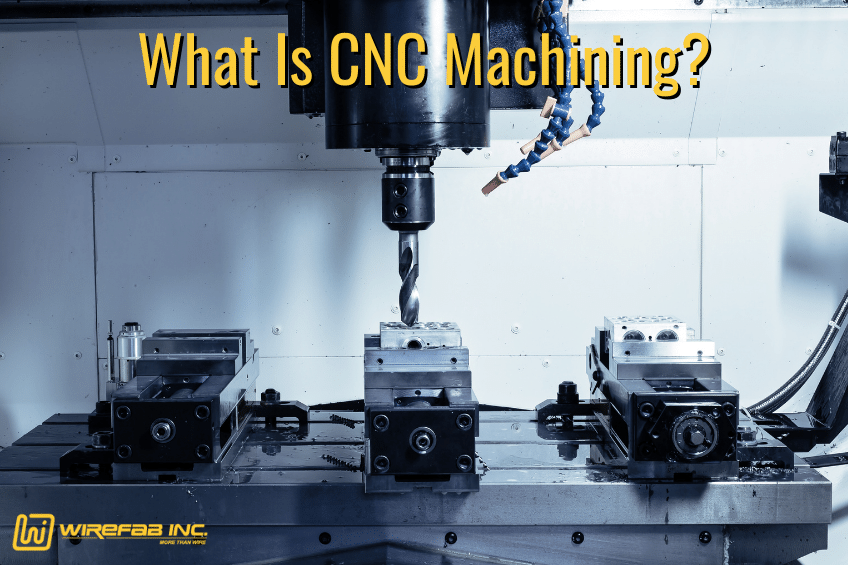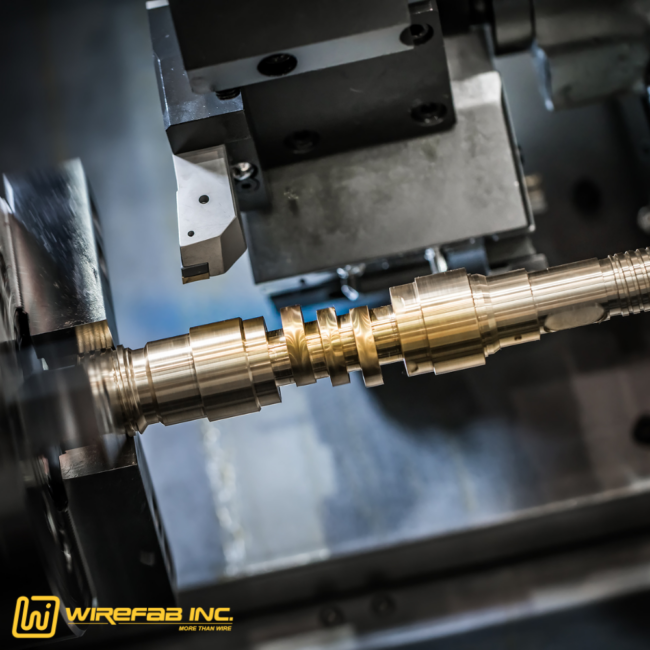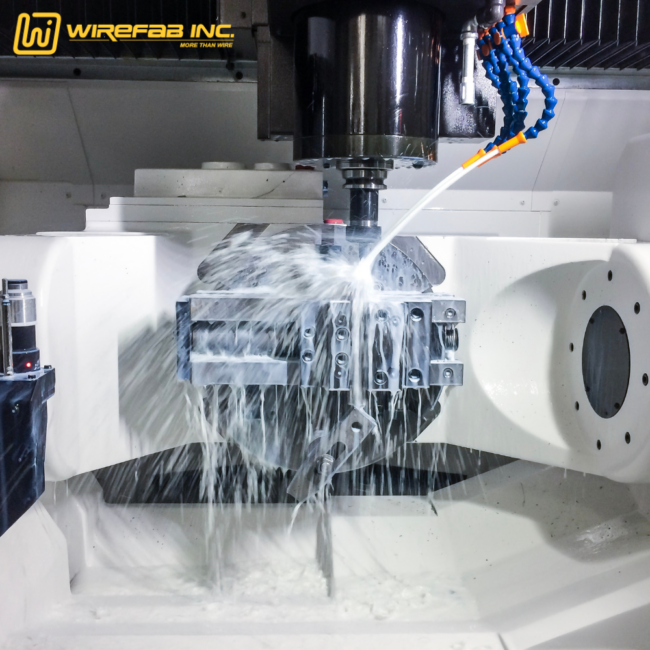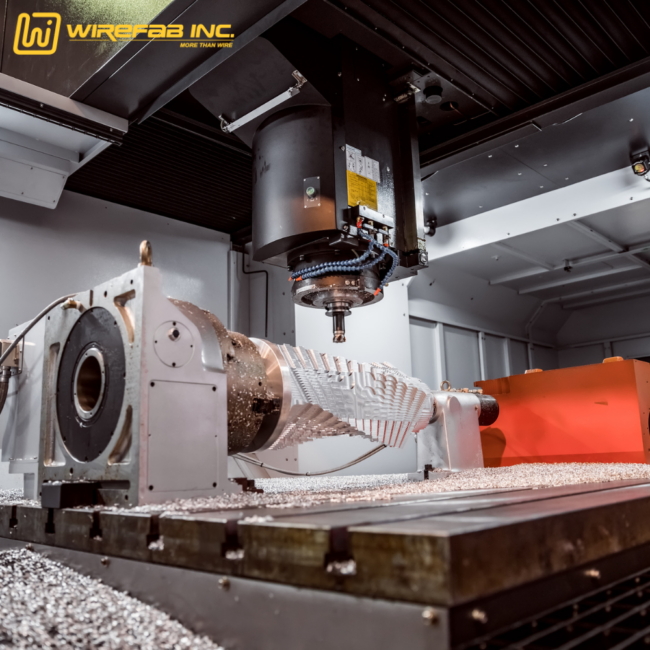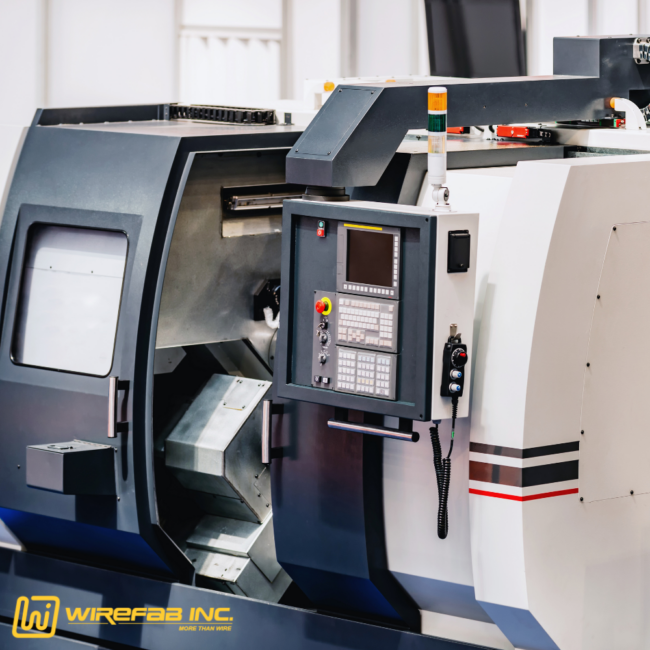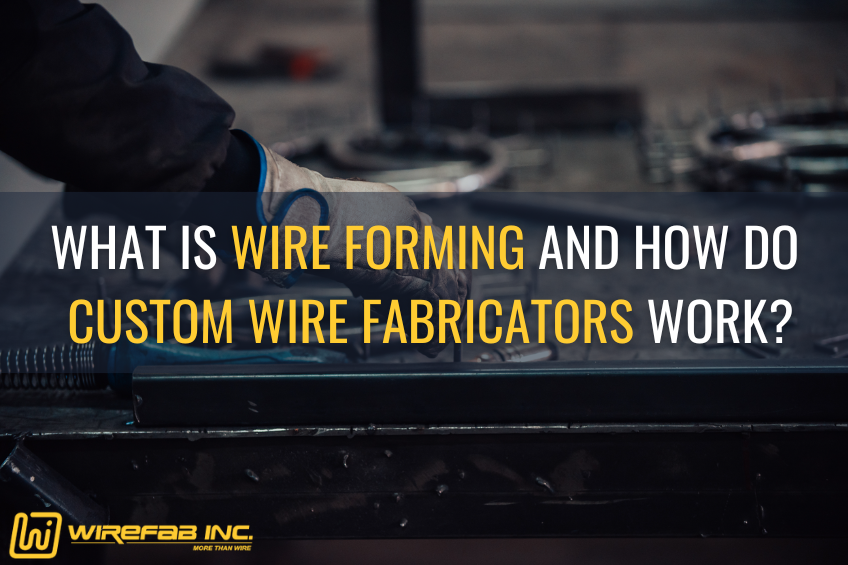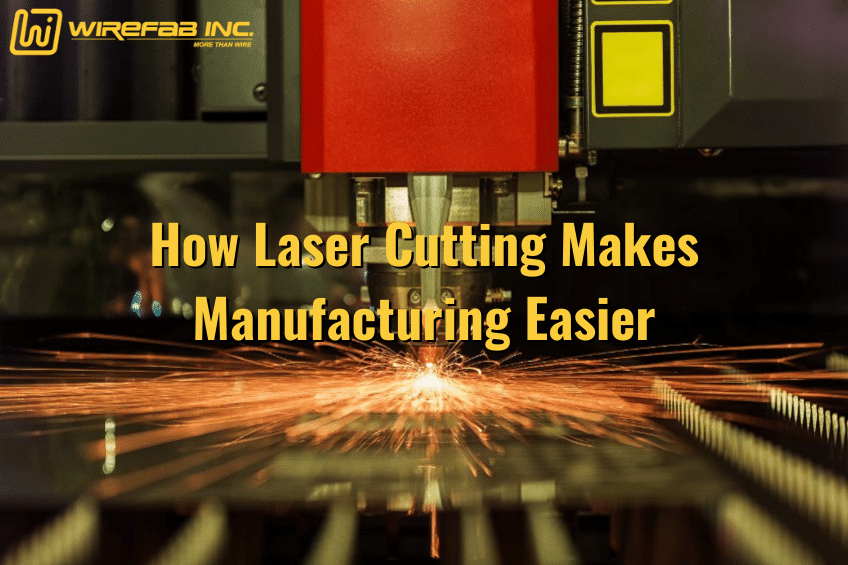How to Choose the Right Food Display Equipment for Your Bakery
Are you maximizing the visual appeal and functionality of your bakery with the right food display equipment? Selecting the ideal food equipment can make or break your business. Whether you own a quiet bakery, a bustling café, or a full-scale restaurant chain, the equipment you choose to display and store your culinary creations can significantly affect your sales and reputation.
In this blog, we’ll explore all the options available to you, from food display racks to custom wire shelving, and guide you on how to select the perfect setup to make your treats irresistible and your operations seamless.
What We’ll Cover:
- Your options for food display equipment
- Bakery shelving
- Food transport
- Food storage
- Wire display racks
- Industrial bakery equipment
- Food processing equipment
- Key takeaways
Understanding Your Options for Food Display Equipment
Navigating the world of food display equipment can be daunting, yet the choices you make are crucial for the success of your establishment. The right displays not only showcase your goods attractively but also streamline your service and enhance customer experience. Let’s break down the options:
1) Food Display Racks
Essential for any food service environment, these racks serve as the frontline in enticing customers. Whether you’re showcasing freshly baked bread or decadent desserts, the design and quality of your display racks can influence sales.
2) Custom Wire Shelving
Tailored to fit any space and need, custom wire shelving offers versatility and efficiency. From adjustable heights to specific configurations, these shelving solutions can be designed to hold everything from lightweight pastries to heavy, pre-packaged meals, making them a smart choice for dynamic food service settings.
3) Display Wire Racks
Ideal for grab-and-go sections, these racks are designed to be user-friendly and accessible, encouraging impulse purchases by making products highly visible and easy to reach.
4) Bakery Racks
Specifically designed for bakeries, these racks consider the unique needs of baked goods that require careful handling. They are perfect for storing, cooling, and transporting products throughout the bakery without sacrificing quality or presentation.
Top Qualities for Bakery Shelving
In the bustling environment of a bakery, where efficiency and space utilization are paramount, choosing the right shelving can make a significant difference. Custom wire shelving is particularly advantageous for bakeries due to its adaptability and durability. Here’s how tailored shelving solutions can benefit your bakery:
1) Versatility
Custom wire shelving can be designed to fit any bakery layout, maximizing every inch of available space. These units can be adjusted to accommodate varying heights and sizes of bakery items, from towering cakes to delicate pastries, ensuring that each product is accessible and beautifully displayed.
2) Air Circulation
Proper air circulation is critical in a bakery setting to prevent moisture buildup that can spoil goods. Wire shelving promotes better airflow around products, keeping them fresh longer. This setup is particularly beneficial for items that need to cool down after baking, like bread and pastries.
3) Cleaning Capacity
Bakery environments require frequent cleaning to maintain hygiene standards. Wire shelving is easy to maintain and can withstand harsh cleaning agents without rusting. That way, you’re ensuring a sanitary space for food preparation and display.
4) Durability and Load
Built to withstand the demands of a busy bakery, custom wire shelving is made from materials that can handle heavy loads. This shelving is ideal for storing large quantities of ingredients or supporting heavy baking equipment without bending or breaking.
Find the right wire-forming capabilities for your bakery or restaurant.
What to Look for in Food Transport Solutions
Efficient food transport is crucial in maintaining the integrity of culinary products. This standard remains true whether it’s from the kitchen to the table or during delivery between stores. Food transport racks play a vital role in this process, offering secure and stable means to carry meals and ingredients. Here’s how Wirefab’s expertise in manufacturing can elevate the transport solutions for any food service establishment:
1) Safety and Stability
Food transport racks designed by Wirefab ensure that items remain secure during movement, minimizing the risk of spills or damage. These racks are engineered to handle the rigors of frequent loading and unloading. This factor is especially important in high-volume catering and delivery services.
2) Customization for Specific Needs
Every food service operation has unique needs based on the type of food it handles and the distance it travels. Wirefab’s ability to customize racks—whether it’s for large trays of food for a banquet or insulated boxes for pizza delivery—means that every establishment can have a solution tailored to their specific requirements.
3) Improved Efficiency
With the right food transport racks, businesses can streamline their operations by reducing the time and effort needed to move food safely. This efficiency is crucial during peak hours when speed and accuracy are paramount.
4) Durability
The best food transport racks are built to withstand the constant wear and tear of commercial use, making them a cost-effective investment for any business. In a fast-paced bakery, you want equipment that can resist dings, drops, and scrapes.
How to Optimize Your Food Storage
Effective storage solutions are essential for maintaining the quality and safety of food while maximizing kitchen space. Wirefab’s commercial food storage and restaurant storage racks are designed to meet the rigorous demands of culinary environments, ensuring that everything from perishables to cookware is stored efficiently and accessibly.
1) Maximizing Kitchen Space
Utilizing vertical space is key in cramped kitchen environments. Wirefab’s commercial kitchen racks and bakers’ racks are designed to maximize storage capacity without sacrificing floor space. These units allow for high-density storage, which is especially beneficial in smaller establishments.
2) Enhanced Accessibility
Having well-organized storage with restaurant storage racks and food holding racks ensures that ingredients and tools are easily accessible, reducing preparation time and increasing kitchen efficiency. Wirefab’s solutions can be customized to fit the specific layout and needs of any kitchen, improving workflow and productivity.
3) Sanitation and Safety
With health codes and regulations strictly governing food service operations, maintaining cleanliness is paramount. Wirefab’s storage solutions are made from materials that resist corrosion and are easy to clean, such as stainless steel. Additionally, the open wire design of food holding racks and sheet pan racks promotes air circulation, reducing the risk of mold and bacteria growth.
4) Custom Solutions for Diverse Needs
Whether it’s adjustable shelving for platter racks or modular units for microwave carts, Wirefab can provide tailored solutions that adapt to the evolving needs of any food service operation. This adaptability ensures that businesses can efficiently manage their storage requirements as their menu or service offerings change.
Save time and money on all of your food equipment needs!
4 Innovative Wire Display Rack Options
Creating an inviting atmosphere and enhancing customer experience is crucial for any food service establishment. That’s why innovative display and storage solutions play a significant role in achieving these goals. Wirefab offers a range of food display equipment and wire display racks designed to meet the diverse needs of bakeries, restaurants, and cafes.
1) Custom Wire Shelving
For unique storage needs, you need equipment that fits any design aesthetic or spatial requirement. Wirefab’s custom wire shelving offers versatile display options that not only showcase food attractively but also enhance the overall décor. These units can feature ornamental patterns, integrate branding elements, or fit into unusual spaces. The result is that each piece looks unique and functional.
2) Dynamic Food Display Racks
For establishments looking to maximize product visibility and appeal, Wirefab’s food display racks provide elegant and practical solutions. From traditional bread baskets to modern pastry displays, each rack enhances visibility while maintaining easy customer access and interaction.
3) Integrated Display Systems
Wirefab’s integrated systems combine storage and display to allow for seamless operations from the kitchen to the sales floor. These units can include a combination of display wire racks and storage facilities, ensuring that freshly prepared items are immediately ready for presentation and sale.
4) Eco-Friendly and Durable Materials
In response to increasing environmental concerns, Wirefab utilizes sustainable materials that are not only durable but also eco-friendly. This commitment to sustainability appeals to a growing segment of consumers who prioritize environmental responsibility in their purchasing decisions.
Industrial Bakery Equipment for Your Production Line
Behind every great loaf or pastry is a production system built for consistency, and that’s where Wirefab comes in. We specialize in food processing equipment that supports high-volume bakery operations, from mixing and prep to proofing, baking, and cooling. Whether you need rolling racks, cooling shelves, or ingredient staging tables, our team designs durable, space-efficient solutions that keep your workflow moving.
Our custom sheet metal fabrication capabilities allow us to create equipment that integrates seamlessly with your existing setup, while our robotic welding ensures long-term durability and easy sanitation—two must-haves in any busy bakery. Unlike mass-produced units, our bakery solutions are tailored to your needs, helping you avoid bottlenecks and improve output.
With decades of experience as a sheet metal fabrication company, Wirefab knows how to translate complex baking requirements into practical, efficient designs. We work with local bakeries and national chains alike to develop food manufacturing equipment that’s as functional as it is reliable.
Need commercial wire baskets or proofing shelves? Looking for wire forming companies that understand the food industry? Keep reading to see how Wirefab can help you scale production.
Get a quote for custom bakery and restaurant equipment today
Food Processing Equipment That Works as Hard as You Do
When it comes to food processing equipment, performance and hygiene are non-negotiable. Wirefab specializes in building durable, easy-to-clean solutions that meet the demanding standards of commercial food production. From cooling racks and prep stations to transport carts and ingredient bins, our products streamline your workflow and stand up to daily wear.
As a leading sheet metal fabrication company in Worcester, MA, we combine form and function to support safe and efficient food manufacturing environments. Our experience with commercial wire systems means we can customize every detail—from size and structure to material choice—based on your process needs.
Our team partners with food manufacturers across the U.S. who need dependable, long-lasting food manufacturing equipment. Our design solutions are built for your line, your space, and your standards.
Backed by custom sheet metal fabrication, precision welding, and modern automation, we bring your production challenges under control—one custom component at a time.
Key Takeaways
Selecting the right food display equipment is more than a practical decision—it’s a strategic one that can dramatically influence customer perception and sales. Here’s what to remember:
- Versatility and Customization: Wirefab’s custom wire shelving and display wire racks are adaptable to any setting, ensuring that every bakery, café, or restaurant can optimize their display and storage to meet specific needs and aesthetics.
- Operational Efficiency: Efficient food transport racks and storage solutions streamline operations from kitchen to customer, enhancing service speed and reducing overhead costs.
- Sustainability and Durability: Investing in high-quality, durable food display racks and storage solutions from Wirefab not only supports sustainability but also ensures long-term cost savings through reduced need for replacements.
- Enhanced Customer Experience: Attractive and functional bakery racks and display units not only draw customers in but also make the shopping experience memorable, encouraging repeat business.
Are you ready to elevate your food service business with top-tier metal laser cutting service and custom fabrication solutions? Contact Wirefab today to discover how our bespoke wire products can transform your space and streamline your operations. Enhance your customers’ experience with our aesthetically pleasing and functional designs. Don’t settle for less—optimize your food display and storage with Wirefab’s trusted expertise.
100% U.S.-Based Custom Wire Shelving
We’re here to be your greatest resource in contract manufacturing. We conduct all of our stainless steel wire forming in the heart of New England. Plus, we’re ready to ship anywhere in the U.S.!
Wirefab Inc. has over 65 years of experience in custom sheet metal fabrication. Whether you need custom CNC machining, laser metal cutting, or material handling carts, we’re here to help. Above all, we’re always eager to solve our customers’ problems with a broad range of manufacturing capabilities. Contact us today to see how we can simplify your next project.
You can also follow us on Instagram to view our custom wire products!



